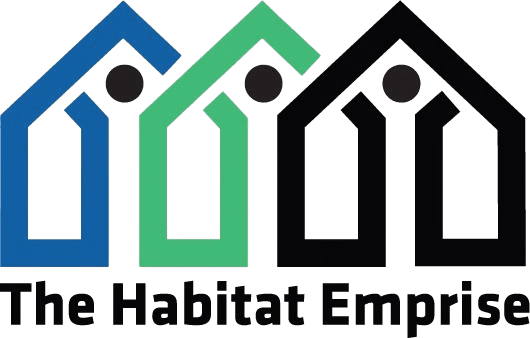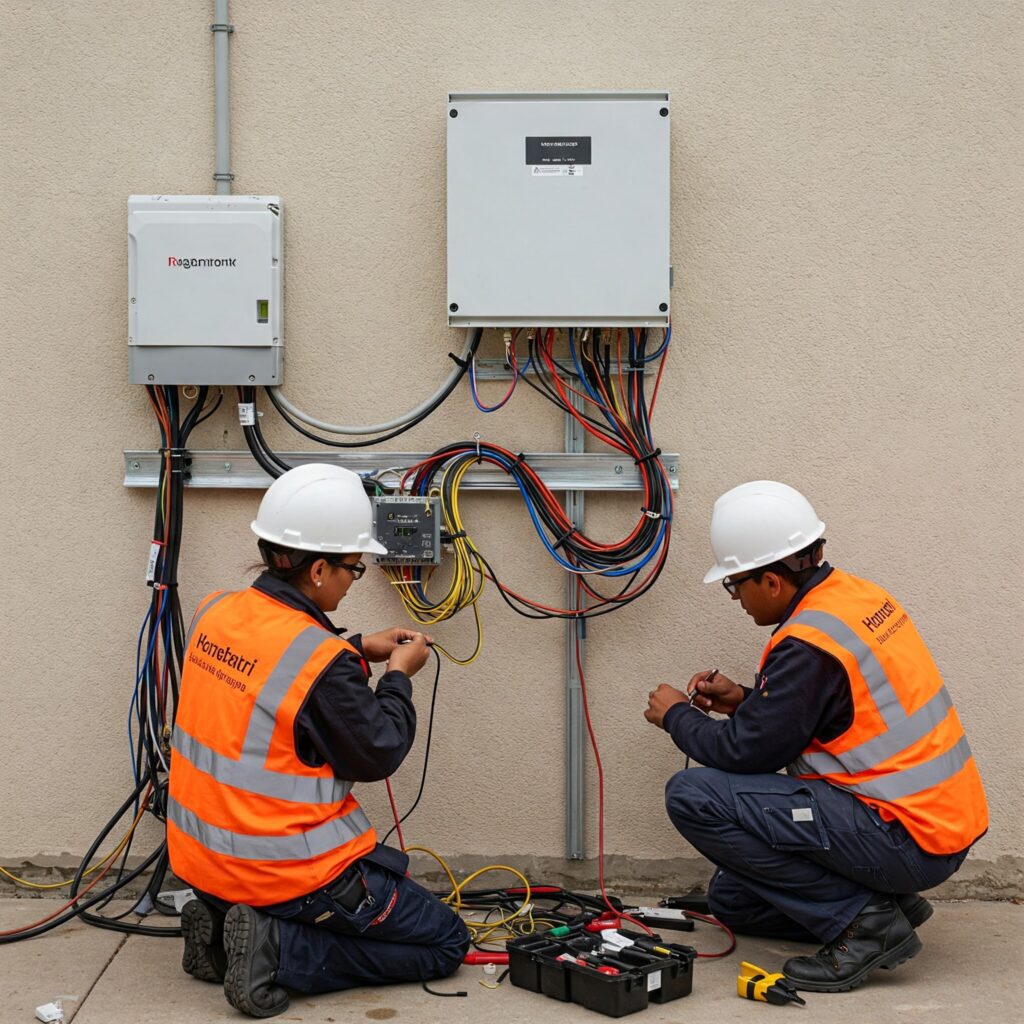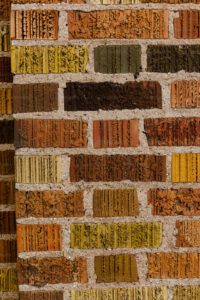India’s urban landscape is rapidly expanding, but much of its existing building stock is energy-inefficient, climate-vulnerable, and poorly equipped to withstand increasing climate risks. Retrofitting — the process of upgrading existing buildings to improve energy performance, climate resilience, and occupant well-being — is emerging as a strategic imperative, not just an environmental ideal.
This article explores the policy frameworks, technological pathways, and on-ground case studies that highlight how retrofitting is transforming India’s construction industry. We also outline the role of sustainability certifications like LEED and GRIHA, and the market momentum driving this shift.
Policy Momentum: National and sub-national drivers
Several national and state-level initiatives are converging to incentivize or mandate retrofitting for resilience:
1. Energy Conservation Building Code for existing buildings (ECBC-EB)
- Drafted by the Bureau of Energy Efficiency (BEE), ECBC-EB sets minimum energy efficiency benchmarks for retrofitting commercial buildings.
- Implementation in states like Rajasthan and Telangana is encouraging municipalities and public departments to retrofit state buildings for improved energy performance.
2. Perform, Achieve and Trade (PAT) scheme – Extended to buildings
- Originally for energy-intensive industries, the PAT scheme is being piloted in the building sector to incentivize retrofits through tradable energy savings certificates.
- This offers financial motivation for real estate developers and building owners.
3. Smart Cities Mission and AMRUT
- More than 100 cities under the Smart Cities Mission are using retrofitting as a key urban renewal strategy, with projects involving energy-efficient street lighting, water reuse, and thermal upgrades of public buildings.
- Bhopal, Pune, and Surat have led successful district retrofitting interventions.
Strategies for retrofitting: From materials to management
Retrofitting isn’t just about repairs; it’s a systemic transformation involving:
1. Improved building envelope
- Retrofitting often starts with external insulation, cool roofs, and high-performance glazing. These reduce thermal gain and optimize HVAC loads.
- EcoCool, ACC blocks, and recycled insulation panels are gaining market traction for retrofit applications.
2. Energy and water efficiency
- LED retrofits, variable speed drives, solar rooftop PV systems, and water-efficient fixtures are now standardized in retrofitting programs.
- Integration with IoT-based energy monitoring systems allows building operators to reduce consumption by 15–30% in many cases.
3. Material circularity
- Use of recycled content, demolition waste, and modular retrofitting units contributes to lower embodied carbon.
- Government C&D recycling mandates are encouraging retrofits with circular principles.
Sustainability Certifications and Ratings
GRIHA for Existing Buildings (GRIHA EB)
- Developed by GRIHA and TERI, this rating tool provides a pathway for performance-based retrofit assessment.
- Assesses buildings on energy use, water efficiency, indoor air quality, and operations.
LEED Operations + Maintenance (LEED O+M)
- LEED v4.1 O+M evaluates existing buildings on performance, materials, indoor environment, and energy.
- Widely used for corporate headquarters and educational institutions.
Market outlook: Business case for retrofitting
- According to the IGBC, retrofitting of commercial buildings can result in up to 35% energy savings, with a typical payback period of 3–5 years.
- The market for building retrofits in India is expected to grow at a CAGR of 7.5% from 2023–2030, especially in Tier-1 and Tier-2 cities.
- IFC’s EDGE program is working with financial institutions to develop green loans and credit lines for retrofitting projects.
Role of The Habitat Emprise (THE)
At The Habitat Emprise (THE), we are working to:
- Develop policy frameworks with city governments to promote resource-efficient retrofits
- Provide technical assistance for retrofitting low-income housing
- Support capacity building through GRIHA and EDGE-aligned training programs
- Anchor pilot demonstrations in climate-vulnerable zones for replicability
References
- Bureau of Energy Efficiency. (2023). ECBC for Existing Buildings.
- TERI. (2018). Case Study: Indira Paryavaran Bhawan.
- USGBC. (2022). LEED O+M v4.1.
- GIZ India & PMC. (2020). Retrofitting for Energy Efficiency.
- IFC EDGE. (2023). EDGE for Existing Buildings.
- IGBC. (2022). Green Building Business Trends Report


